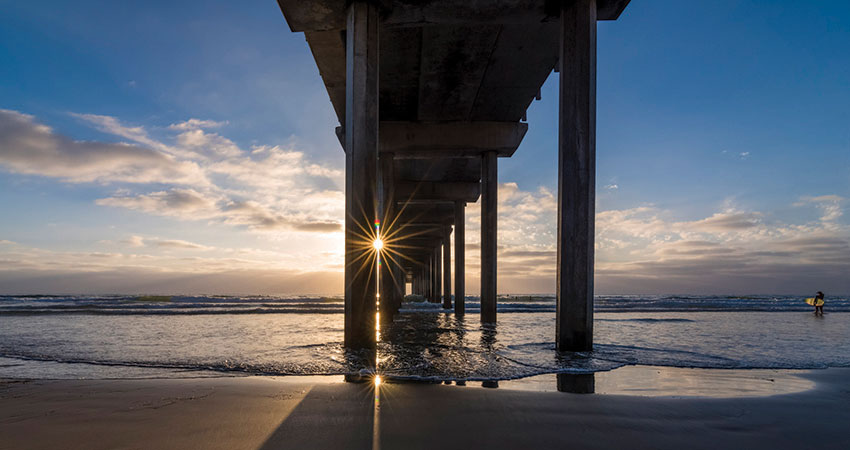
Title: Quantification of plastic pollution on global coastlines
Abstract: It is estimated that 300 million metric tonnes (MMT) of plastic are produced annually and that 4 to 12 MMT of this plastic enter the ocean every year. Although we have estimates of how much plastic enters the ocean, the fate of this plastic is unclear. The mass of plastic pollution on the ocean surface only accounts for 1% of annual inputs, so the remaining 99% of plastic mass in the ocean is “missing”. Coastlines are suspected to contain a large portion of this “missing plastic”; in fact, in one instance, a cleanup crew recovered 5.3 million kilograms of plastic in a single cleanup. By better quantifying the total mass of plastic pollution that resides on global coastlines, we can help inform cleanup efforts by identifying where, why, and how much pollution is arriving in accumulation zones. Our objective was to quantify the coastline reservoir of plastic pollution for a snapshot in time. To do so, we built a generalized additive model (GAM) using International Coastal Cleanup (ICC) data from Ocean Conservancy and spatial information on potential predictor variables that seek to explain variability in abundances of plastic pollution on coastlines. Predictor variables included distance to nearest river mouth, distance to nearest road, socio-economic status, mismanaged waste, beach visitation frequency, beach morphology, population density, onshore wind velocity, and onshore Stokes drift velocity. Sampling effort, represented by number of people in attendance and distance cleaned, are control variables included in our model. The best model, with lowest out-of-sample predictive error, was chosen using the Akaike Information Criterion (AIC). This model was used to predict abundances of plastic pollution for stretches of coastline that have not been previously sampled, essentially filling in the gaps in space. The abundance of plastic pollution across all stretches of coastline globally was summed to obtain one of the first estimates of the coastline reservoir.




